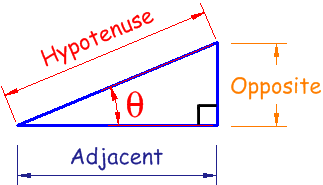Originally posted by mudskipper
View Post
No, oh, as you were then.
P.S. Suity, she called you Dear, but somehow I don't think you've pulled.












Comment